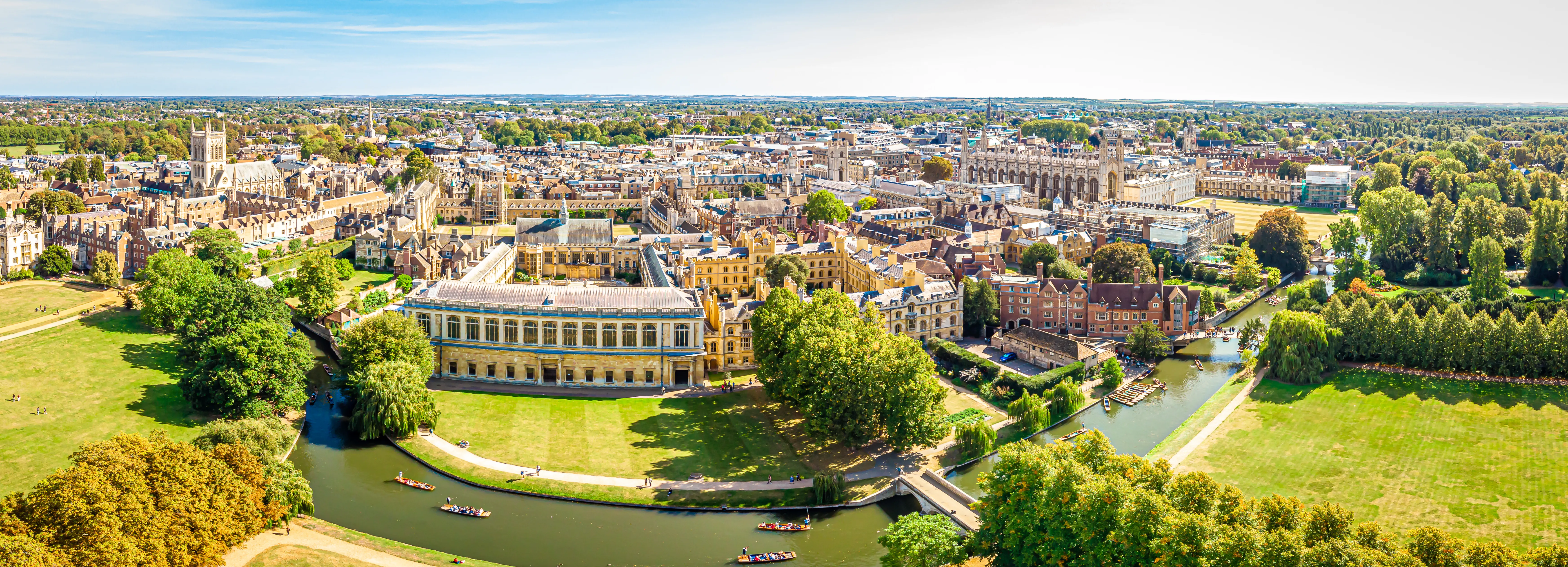

A common misconception is that a rainbow contains a pure spread of spectral colors. In reality, while a rainbow displays a range of colors, it does not represent a perfectly pure spectrum. Let’s delve into the reasons for this phenomenon.
A spectral color is defined as a color that consists of only one wavelength component of electromagnetic radiation. In contrast, non-spectral colors are mixtures of multiple wavelengths, embodying various spectral colors. For example, simple lasers can produce effectively pure spectral colors, which are distinct from the colors seen in a rainbow.
The visible electromagnetic spectrum is a continuous range that includes all spectral colors, typically ordered by wavelength: red, orange, yellow, green, blue, and violet. The entire electromagnetic spectrum is continuous and theoretically contains an infinite number of spectral colors. This means that even if we do not have a specific name for certain colors between red and orange, they still exist as spectral colors.
Natural white light, such as sunlight, encompasses all spectral colors. When this white light is separated into its individual components—effectively forming a pure spectrum—this occurs without the narrow absorption lines that can sometimes complicate the spectrum’s purity.
When light passes through a glass prism, the different spectral colors bend at varying angles due to the prism’s dispersive nature. This results in a pure spectrum that becomes visible when the light reflects off a surface, such as a wall or screen. It’s important to note that a prism will only create a pure spectrum if the incoming light beam is sufficiently thin.
The situation changes when light interacts with raindrops. Unlike prisms, raindrops have a spherical shape, which leads to different bending angles for various wavelengths of light. This curvature results in a slightly mixed spectrum of colors. For example, the bright red light at the outer edge of a rainbow exits the raindrop at an angle of approximately 42.1∘. However, some red light is also emitted at various angles between 0∘ and 42.1∘. Similarly, violet light is predominantly bent to exit at 40.6∘, but it also appears at angles between 0∘ and 40.6∘.
Due to this bending of light at varying angles, each point in a rainbow contains a mixture of spectral colors. As you move inward from the outer edge of the rainbow toward its center, the colors blend more, resulting in a faint white interior. The reason for this mixing is fundamentally tied to the round shape of raindrops, causing different parts of the light beam to encounter the raindrop’s surface at different angles. This leads to a spectrum that is not purely defined.
For instance, while pure red light is primarily bent into a 42.1∘ angle, the color observed at 41.9∘ is a mix of orange and a bit of red, and at 41.7∘, we see yellow blended with orange and red. Consequently, the colors appear to blur together, leading to a less distinct spectrum compared to that produced by a prism.
In summary, both a prism and a raindrop disperse white light into a spectrum of colors through refraction. However, the key difference lies in their shapes: a prism has flat surfaces, producing a pure spectrum, while a raindrop’s round surface results in an impure spectrum. This distinction is crucial, as it explains why the terms “rainbow” and “visible spectrum” are often conflated in everyday language, despite their scientific differences.
The visual representation of a rainbow, compared to a mathematically pure spectrum, illustrates this concept clearly. A rainbow appears with colors that are more blended and washed out, emphasizing the inherent structure of the phenomenon rather than limitations of photographic equipment. Notably, the last bright color in a rainbow is purple (a mixture of red and violet), whereas the last visible color in a pure spectrum is violet.
This nuanced understanding of the behavior of light and color helps clarify why rainbows, while beautiful and vibrant, do not contain a pure spread of spectral colors.
 100% |  Global |  97% | |
|---|---|---|---|
Professional Tutors | International Tuition | Independent School Entrance Success | |
| All of our elite tutors are full-time professionals, with at least five years of tuition experience and over 5000 accrued teaching hours in their subject. | Based in Cambridge, with operations spanning the globe, we can provide our services to support your family anywhere. | Our families consistently gain offers from at least one of their target schools, including Eton, Harrow, Wellington and Wycombe Abbey. |
 100% |
|---|
Professional Tutors |
| All of our elite tutors are full-time professionals, with at least five years of tuition experience and over 5000 accrued teaching hours in their subject. |
 Global |
International Tuition |
| Based in Cambridge, with operations spanning the globe, we can provide our services to support your family anywhere. |
 97% |
Independent School Entrance Success |
| Our families consistently gain offers from at least one of their target schools, including Eton, Harrow, Wellington and Wycombe Abbey. |
At the Beyond Tutors we recognise that no two students are the same.
That’s why we’ve transcended the traditional online tutoring model of cookie-cutter solutions to intricate educational problems. Instead, we devise a bespoke tutoring plan for each individual student, to support you on your path to academic success.
To help us understand your unique educational needs, we provide a free 30-minute consultation with one of our founding partners, so we can devise the tutoring plan that’s right for you.
To ensure we can best prepare for this consultation, we ask you to fill out the short form below.